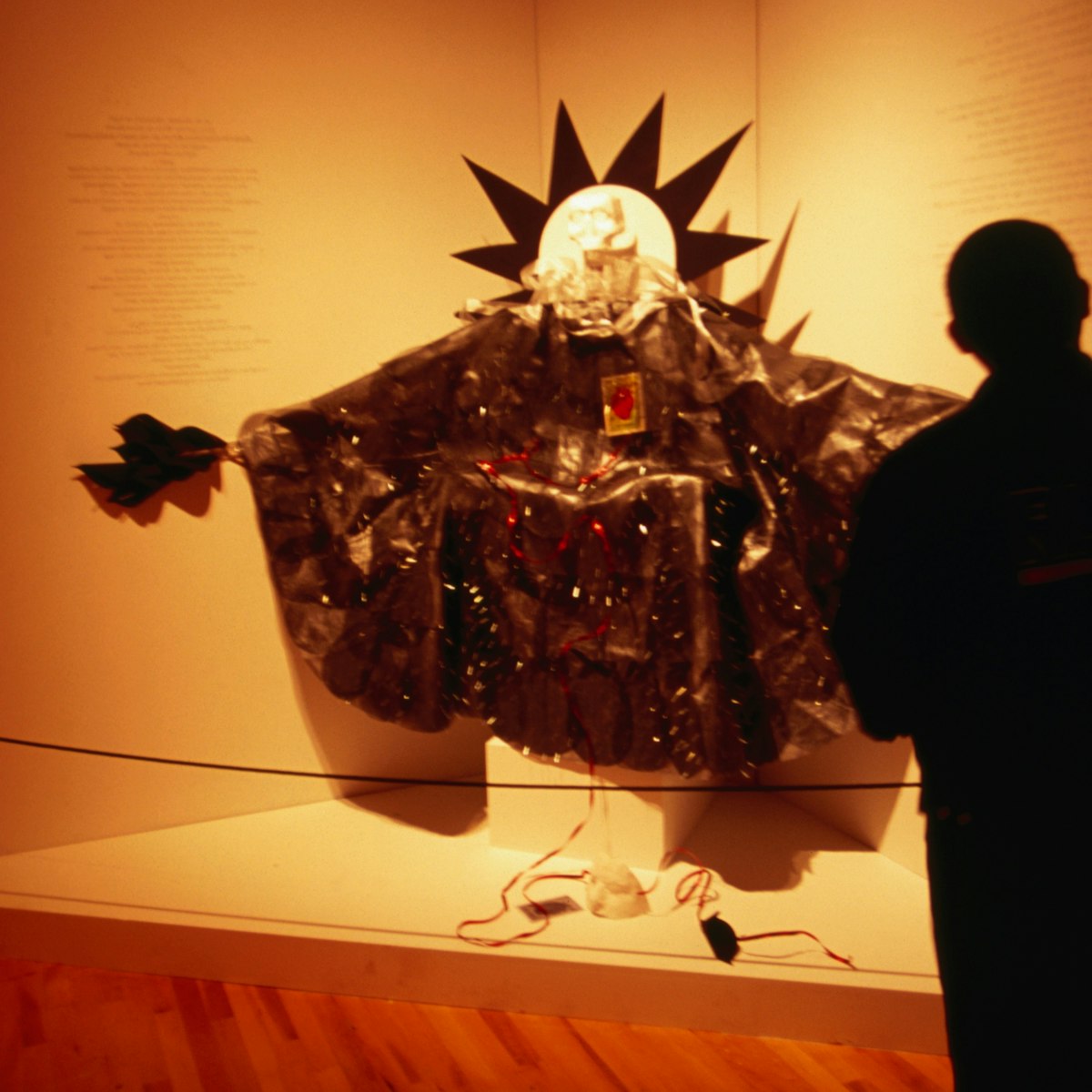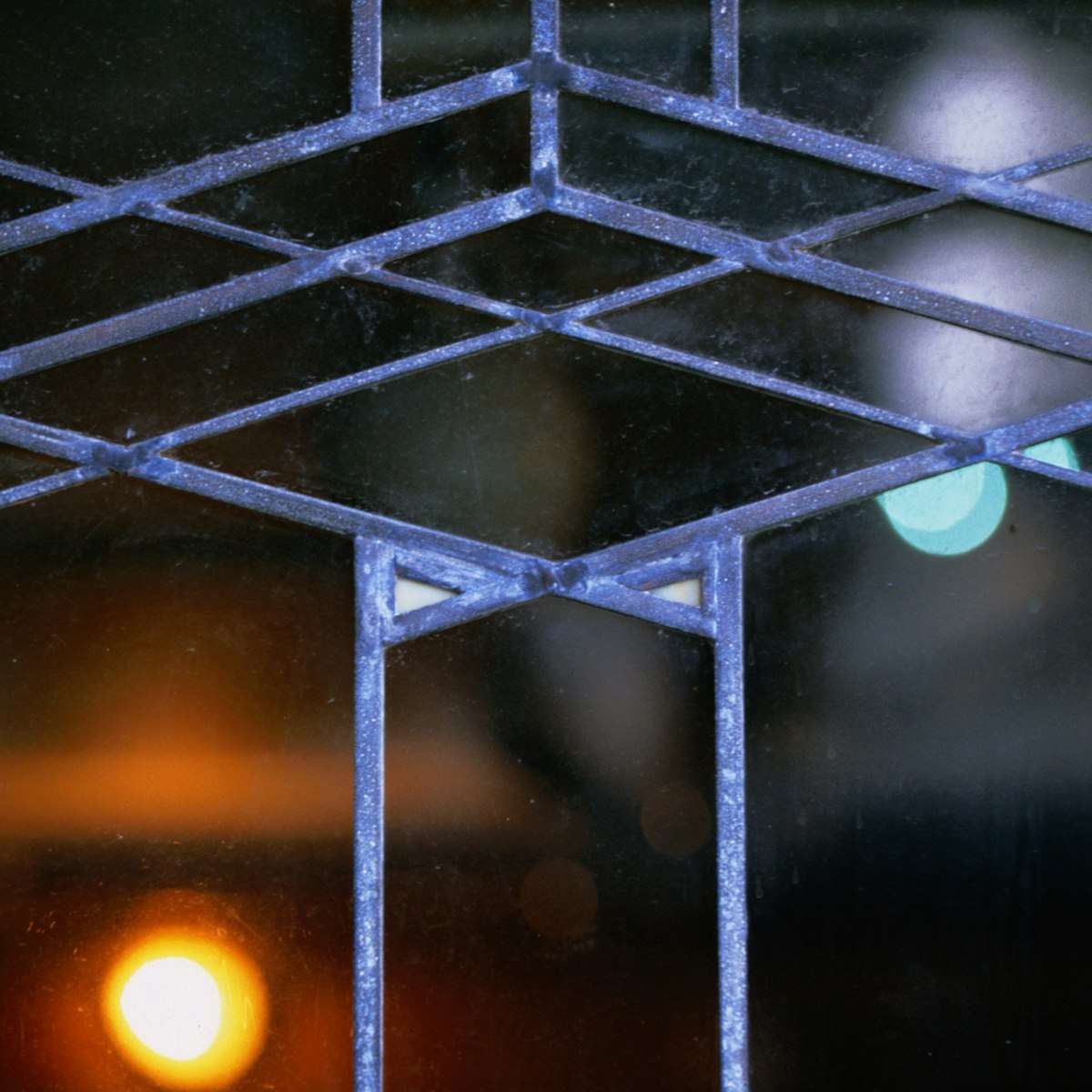Built in 1914, Wrigley Field ‚Äì aka the Friendly Confines ‚Äì is the second-oldest baseball park in the major leagues. It‚Äôs home to the Chicago Cubs and filled with legendary traditions and curses, including a team that didn't win a championship for 108 years. But a World Series victory coupled with heaps of new family-friendly and foodie hot spots around the stadium have given it new life.¬ÝThe ballpark provides an old-school slice of Americana, with a hand-turned scoreboard, ivy-covered outfield walls and an iconic neon sign over the front entrance.
Billy Goat: the curse of Wrigley Field
The curse started with Billy Sianis, owner of the Billy Goat Tavern. The year was 1945 and the Cubs were in the World Series against the Detroit Tigers. When Sianis tried to enter Wrigley Field with his pet goat to see the game, ballpark staff refused, saying the goat stank. Sianis threw up his arms and called down a mighty hex, saying that the Cubs would never win another World Series. Years rolled by, and they didn’t.
Then in 2016 it happened: the Cubs won the Series in a wild, come-from-behind set of games. The young team scrapped, slugged and pitched its way to victory, exorcising the curse. The city went insane. Streets filled with revelers. Neighbors high-fived neighbors. Grandparents cheered with grandkids. At the victory parade a few days later, an estimated five million fans partied with the team.
Wrigley Field traditions
When the middle of the seventh inning arrives, it's time for the seventh inning stretch. At Wrigley Field, you stand up for the group sing-along of "Take Me Out to the Ballgame," often led by a guest celebrity along the lines of Mr T, Ozzy Osbourne or the local weather reporter. Here's another tradition: if you catch a home run slugged by the competition, you‚Äôre honor-bound to throw it back onto the field. After every game the ballpark hoists a flag atop the scoreboard. A white flag with a blue "W"¬Ýindicates a victory; a blue flag with a white "L"¬Ýmeans a loss.
Wrigley Field statues
Statues of Cubs heroes ring the stadium. Ernie Banks, aka "Mr Cub,"¬Ýstands near the main entrance on Clark Street; the shortstop/first baseman was the team‚Äôs first African American player. Billy "Sweet-Swinging"¬ÝWilliams wields his mighty bat by the right field gate on Addison Street at Sheffield Avenue. Adored third baseman Ron Santo makes a smooth catch beside him. And mythic TV sportscaster Harry Caray dons his barrel-sized eyeglasses in front of the bleacher entrance on Waveland Avenue. Caray was known for broadcasting among the raucous bleacher fans while downing a few beers himself. It‚Äôs said the sculptors mixed a dash of his favorite beer in with the white bronze used for the statue.
Cubs tickets and stadium tours
- Buy tickets at the or Wrigley box office. Online ticket broker ¬Ýis also reliable.
- The Upper Reserved Infield seats are usually pretty cheap. They're high up, but have decent views.
- Ninety-minute ¬Ýare available most days April through September. Try going on a non-game day, as you'll see more.¬Ý
Gallagher Way
The field is uniquely situated smack in the middle of a neighborhood, surrounded on all sides by houses, bars and restaurants. The grassy plaza just north of the main entrance – aka Gallagher Way – has tables, chairs, a coffee shop and a huge video screen. On nongame days it's open to the public and hosts free movie nights, concerts and alfresco fitness classes; on game days it's a beer garden for ticket holders. Kids love the grassy expanse, where they can run around, play catch or cool off in the splash pad. A slew of new cocktail bars, beer bars and hip taco, barbecue and fried-chicken eateries beckon across the way on Clark and Addison Streets.









